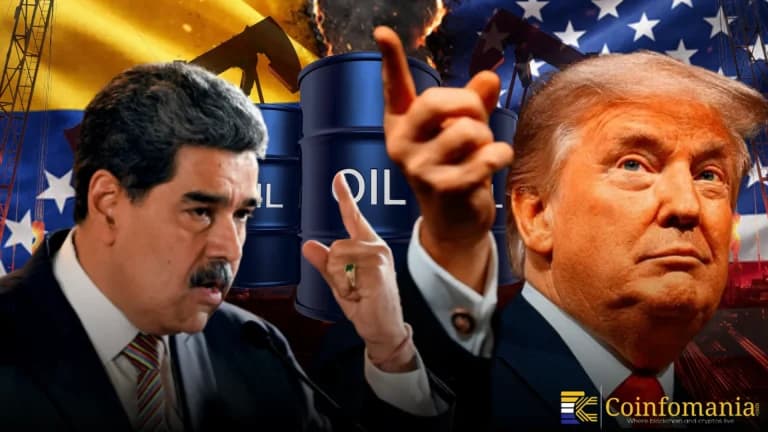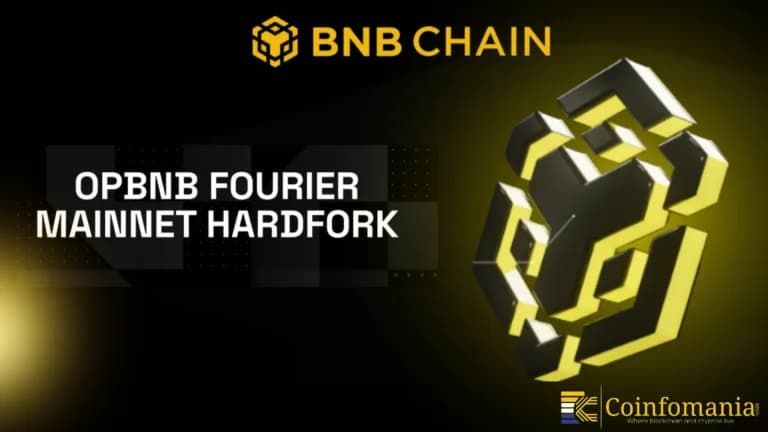Japan Tariffs Dispute Forces US to Act on Trade Error
Japan tariff dispute shows US trade errors, forcing the executive to fix and issue refunds. It tests diplomatic trust and market stability.

Quick Take
Summary is AI generated, newsroom reviewed.
The US trade error caused unintended tariff hikes on Japanese imports
Japan’s negotiator forced urgent US meetings to fix the stacking issue
Auto and beef tariffs exceeded agreed levels due to a legal loophole
An informal trade deal without written terms led to policy confusion
The market rallied after the US pledged corrections and refunds to Japan
The recent Japan tariffs dispute has exposed flaws in how the US is managing trade policy. This came to light when a mistake in the implementation of Trump’s reciprocal tariff order left Japanese goods facing higher duties than intended. This wasn’t just a small oversight. The way the executive order was written meant Japan’s agreed 15% tariff rate could get stacked on top of existing ones. It would push effective tariffs way above the levels negotiated in July. It could have made the tariff of Japanese beef jump from 26.4% to 41.4%, or textile rates tripling from 7.5% to 22.5%. Even Japan’s tariff rate on cars, which was supposed to see a drop to 15%, was still being taxed at 27.5%.
How the Tariff Dispute Escalated
The issue came to a head when Japan’s chief negotiator, Ryosei Akazawa, flew back to Washington. It was his tenth visit since April for urgent talks. Three hours with Commerce Secretary Howard Lutnick and thirty minutes with Treasury Secretary Scott Bessent yielded a clear result. The US acknowledged the stacking error and promised to rectify it. Akazawa said the US acknowledged that the executive order didn’t align with the terms of the deal. The fix involves amending the order. It includes Japan in the same “no-stacking” provision that had been written in for the EU. It will issue refunds for the excess tariffs already collected and lower the auto tariffs through a separate executive order.
Markets picked up on the reversal almost immediately. Japan’s Topix index broke through the 3,000-point ceiling, hitting a new record. Likewise, investors welcomed the correction and saw it as a sign that the trade deal was still intact.
The Price of Informality
But politically, the misstep was costly. Prime Minister Shigeru Ishiba came under fire back home for not getting a written commitment from Trump during the July negotiations. That gap created space for exactly the kind of confusion that played out. Critics had warned about this, and now they’ve got a real example to point to.
The underlying issue is that, unlike the EU’s trade agreement, Japan’s deal wasn’t formalized in writing. That left room for misinterpretation of Japan’s tariff by the US. In this case, administrative gaps created real financial consequences. The Japan tariff rate should have been capped at 15%, but the omission effectively violated the spirit of the deal. With Japan investing $550 billion into the US as part of this arrangement, it’s easy to see why their negotiators demanded immediate clarification.
Fragility of Trade Trust
For now, the US has committed to making things right, but there’s no timeline yet for when the new orders will be issued or when the refunds will be processed. Both the Treasury and Commerce Departments have stayed quiet since the meetings, and Japan has said it’ll keep communication open at multiple levels to ensure things stay on track.
This tariff dispute isn’t just a paperwork problem. In already tensioned foreign policies, diplomatic momentum can be derailed by uneven execution. And in a broader sense, it plays out how fragile these large-scale trade deals can be when they’re based more on political handshakes than formal legal frameworks. The US-Japan relationship just got a stress test. For now, it’s holding, but just barely.
Follow us on Google News
Get the latest crypto insights and updates.


